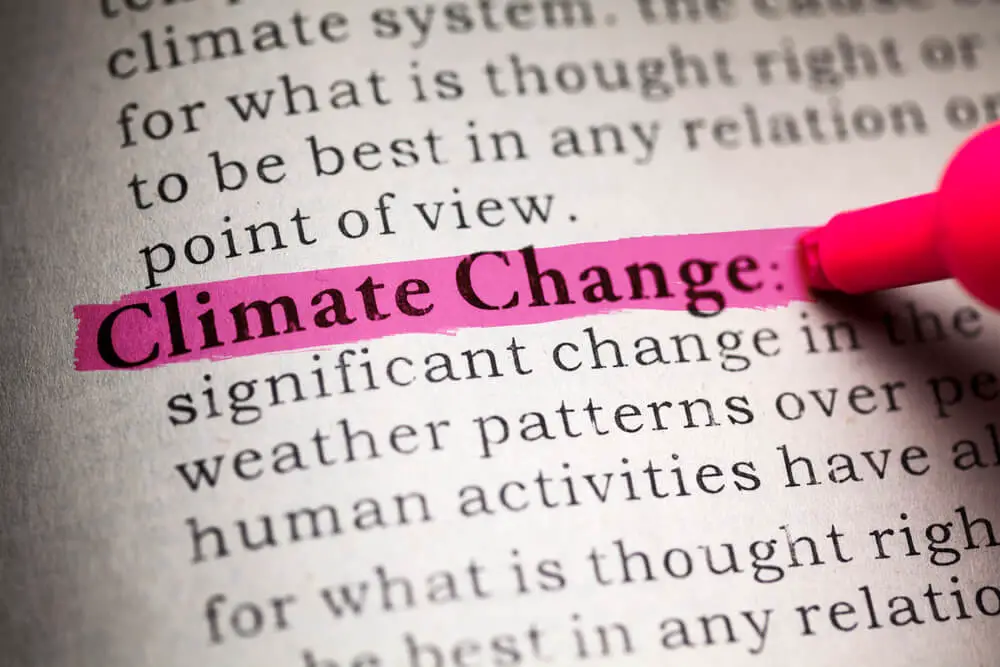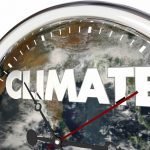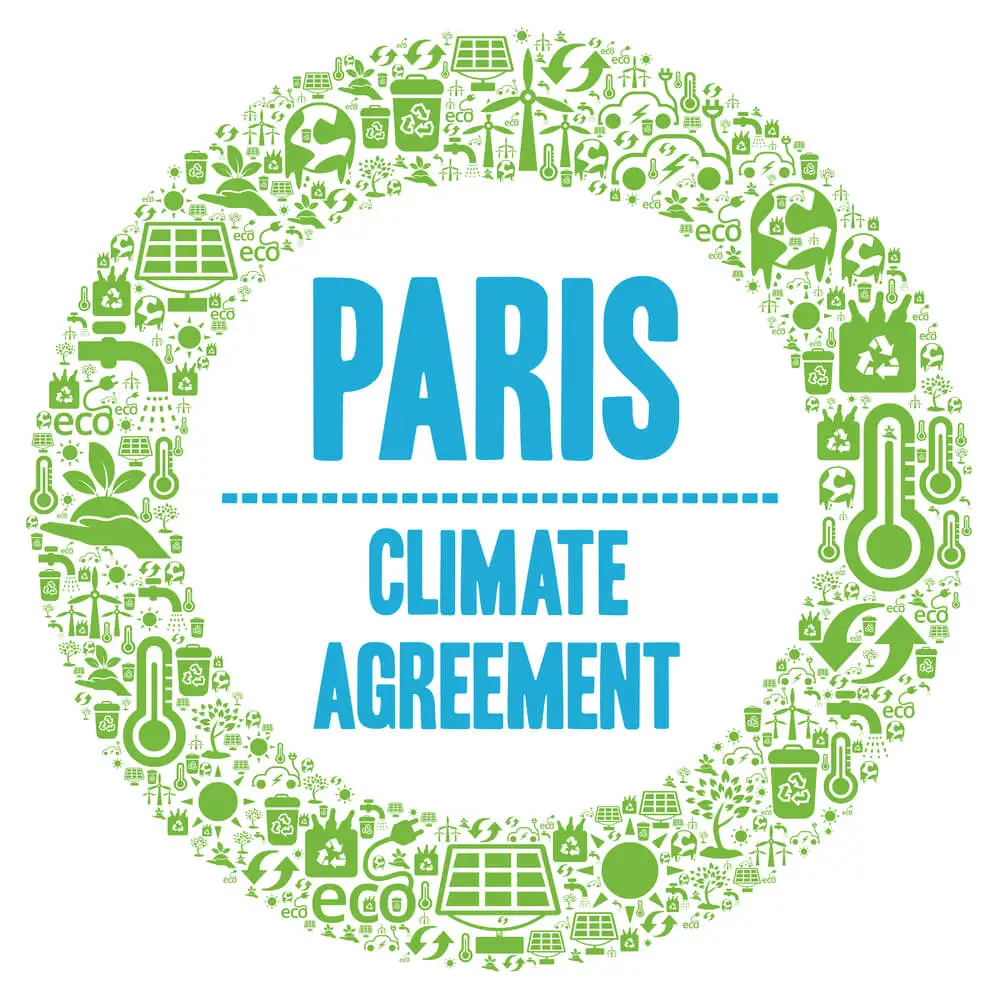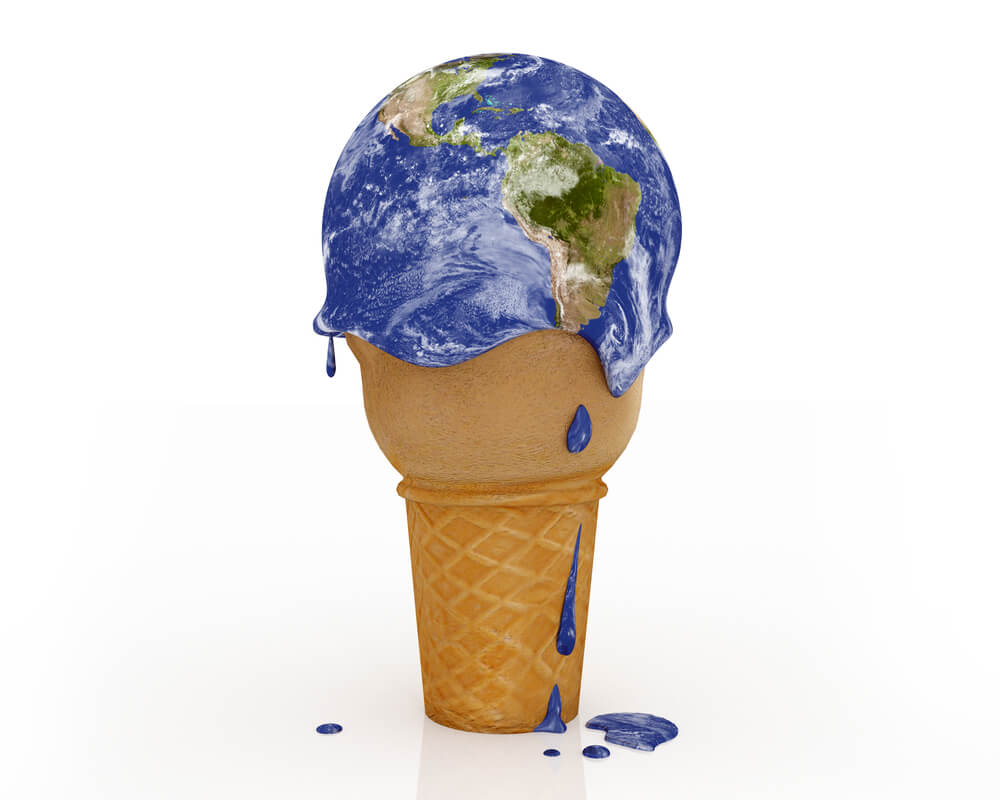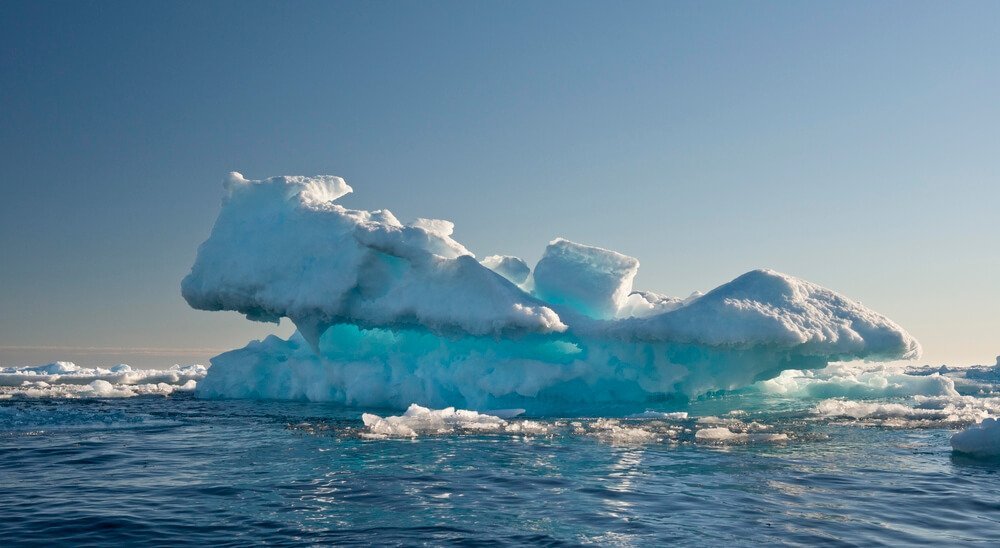Everyone knows those people who like to argue for the sake of arguing, right? They find joy in getting under people’s skin whether they believe in the subject they are defending or not.
The people who argue that the climate crisis we are facing is just a natural phenomenon are examples of these people.
I say this because there is irrefutable evidence that humans are the primary cause of Earth heating at unnatural rates, yet they choose to ignore that.
According to NASA’s article called Scientific Consensus: Earth’s Climate is Warming, “Multiple studies published in peer-reviewed scientific journals show that 97 percent or more of actively publishing climate scientists agree: Climate-warming trends over the past century are extremely likely due to human activities.”
Several American Scientific Societies, Science Academies, Government Agencies, and Intergovernmental Bodies have issued statements supporting the fact that human activities are the direct cause of the rapidly changing climate.
Is climate change a natural phenomenon?
It is a fact that the Earth’s climate has changed naturally over the past hundreds of thousands of years. It has moved from periods of ice ages into periods of extreme warmth.
Alterations in Earth’s energy balance have caused these changes.
The alterations in Earth’s energy balance are caused by external factors influencing it.
These external factors are typically environmental factors.
Scientists have tracked the climate’s natural changes over the past by examining ice cores, which provide evidentiary input about conditions that date back hundreds of thousands of years.
According to the National Science Foundation’s Ice Core Facility, “The oldest continuous ice core records extend to 130,000 years in Greenland, and 800,000 years in Antarctica.”
One primary piece of evidence that the ice cores show is that rising CO2 levels and rising temperatures are closely linked.
Other things scientists study to track climate change from the past are:
- Tree rings
- Glaciers
- Pollen Remains
- Ocean sediments
- Changes in the Earth’s orbit around the sun
According to Columbia Climate School, “Today, CO2 levels are forty percent higher than they were before the Industrial Revolution began.”
Not only that, methane is much more prevalent in the atmosphere too.
Methane is about eighty times more potent than CO2, meaning it is much worse.
Some of the methane in the atmosphere is released naturally from:
- Sediments
- Wetlands
- Wildfires
- Volcanoes
But the majority of the methane in the atmosphere comes from human practices and developments such as:
- Livestock farming
- Landfills
- Oil production
- Gas production
To get to the point, yes, climate change is a natural p[henomenon, but the climate crisis we are facing now is not just some natural occurrence that will pass.
No, humans are rapidly causing global warming due to their everyday habits and practices.
How have humans contributed to climate change?
As more research and innovation is put into getting to the bottom of the cause of global warming and the climate crisis, scientists and researchers alike grow more confident in the evidence that humans are the primary cause for its spike.
More data is being collected, and the models and methods produce ever-more-sophisticated to the point that it is almost indisputable to say humans are not the primary cause.
Carbon dioxide is a heat-trapping gas emitted into our atmosphere when coal, oil, or gas are burned.
Humans started burning coal, oil, and gas a great deal starting in the 18th century in the Industrial Revolution.
As I quoted earlier, carbon dioxide levels are forty percent higher than before the industrial revolution, which was only about 200 years ago.
Now think about it, 200 years is only a blip in the grand scheme of time, and we humans have already raised the carbon dioxide levels by forty percent.
Let’s break it down:
- We know that carbon dioxide warms the world.
- We know that carbon dioxide concentrations are at record-breaking levels, too.
- We also know that global temperatures are rising at an unprecedented rate.
But how do we know that humans are the ones creating the large amounts of carbon dioxide fumes that are warming the world?
The answer is in the unique makeup of the carbon dioxide that is emitted from fossil fuel usage.
According to a report made by the Union of Concerned Scientists, “The CO2 produced from fossil fuels carries a unique signature that differentiates it from CO2 produced from other sources. In brief, it carries a specific ratio of carbon isotopes that is only found in the atmosphere when coal, oil, or gas is burned.”
This information gives us a clear-cut answer as to how carbon dioxide is differentiated amongst itself in the atmosphere to prove humans are causing the planet’s global warming.
It also shows that humans have been the primary contributors to the forty percent increase of carbon dioxide present in the atmosphere since the industrial era when coal, oil, and gas were beginning to be burned at higher rates.
What are the four natural causes of climate change?
Natural fluctuations in the climate have always been a part of Earth’s history.
The difference between the past and now is that humans are heating the Earth at a rate that is faster than ever before seen through the emission of fossil fuels.
When learning about climate change, though, it is important to understand the natural ways in which the climate has changed over the past.
Here are five natural causes for climate change:
- Volcanic Eruptions: The primary effect volcanic eruptions have on the environment are that it cools the climate short-term. The eruptions shootout clouds of dust and ash, which cover up the sun causing the earth to cool from lack of sunlight. Not only do volcanic eruptions produce ash and debris to block out sunlight, but they also produce sulfur dioxide. This gas combines with water vapor and dust in the atmosphere to create sulfate aerosols, which reflect sunlight away from the Earth.
- Earth’s orbital changes: A slight shift or wobble in the Earth’s orbit can produce changes in the climate that are barely noticed at first. Yet, these changes grow more prevalent over time and result in changes in the strength of the seasons over time. Climate feedbacks eventually amplify the small changes that orbital wobbles cause and produce occurrences such as ice ages.
- Solar radiation variations: The sun is the source of energy for the Earth’s climate system, so any fluctuation in its radiation could have monumental effects on the Earth. One variable that changes the amount of solar radiation that the Earth receives are sunspots. Solar radiation has not varied greatly over the past hundred years, though. This is a slight fluctuation that might happen to cause the climate to change.
- Internal variability: Some changes in the climate require no external variation. Instead, they are caused by interactions within the climate system itself, often involving positive feedbacks such as El Nino or La Nina. El Nino and La Nina cause heating and cooling and affect atmospheric circulation patterns. Another example of internal variability is arctic oscillation, which is associated with changing air pressure patterns in the northern hemisphere.
- Ocean currents: Ocean currents carry heat around the Earth. As oceans absorb more and more heat from the atmosphere, their surface-level temperature increases, and the circulation patterns change also. The direction of these circulation patterns changes, which can affect certain areas to become cooler or warmer. Not only that, when the oceans are warmer, they cannot absorb as much carbon dioxide as normal, thus leaving more of it in the atmosphere.
Conclusion
When someone argues against climate change based on the fact that the Earth’s temperatures have constantly been naturally fluctuating, you can answer yes.
They are right, but those facts do not account for the rapid increase in global warming that we see today.
Although we can blame natural occurrences to a certain extent, it is proven that humans are the primary contributors.
We can no longer blame everything and everyone else.
Instead, we have to accept the responsibility that climate change is not just a natural occurrence.
Humans are a contributing factor, and we must change our habits to better take care of the environment, which will, in turn, take care of us.
